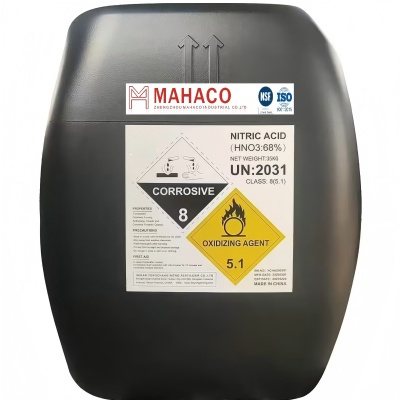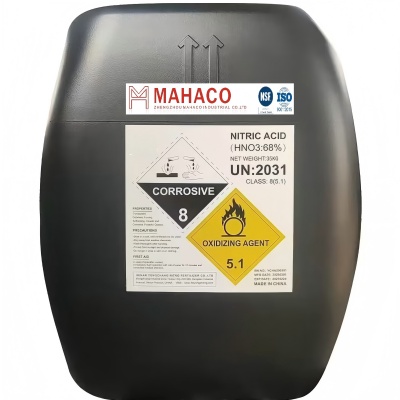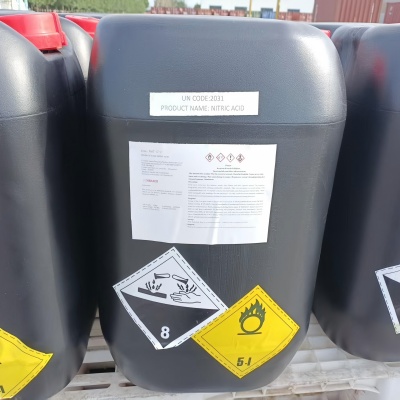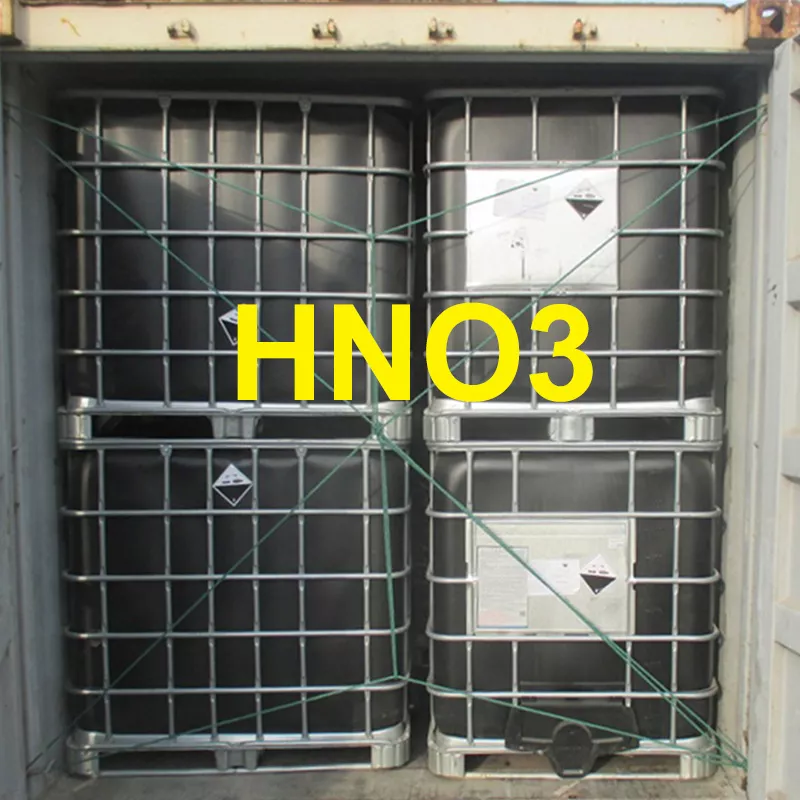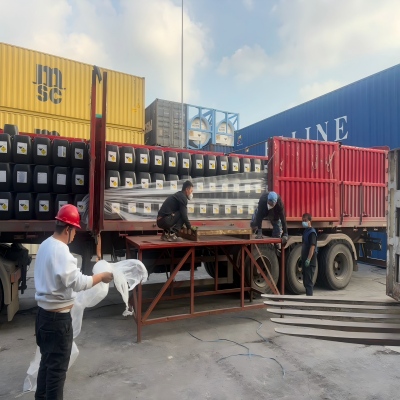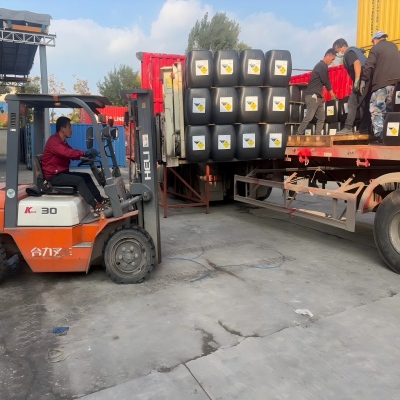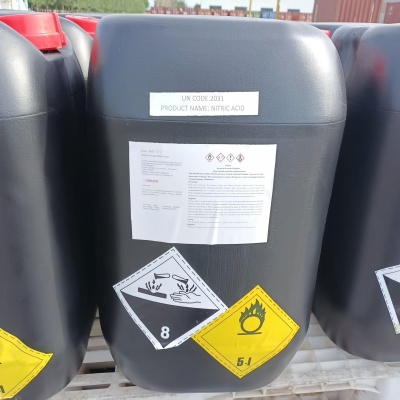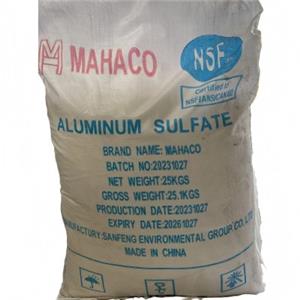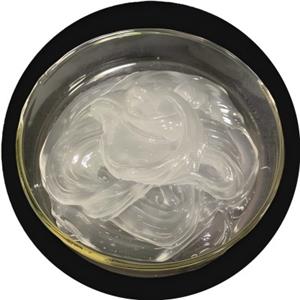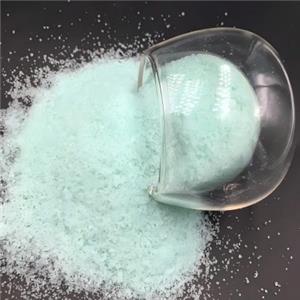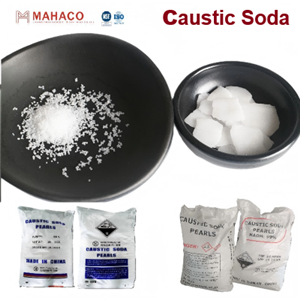
- mahaco
- CHINA
- 7 days
- 3000tons/month
What is Nitric acid? Learn all about HNO3 acid, its chemical properties, industrial applications, and safe handling. Discover the key uses of nitric acid in fertilizers, explosives, and more.
What is Nitric Acid?
Nitric acid, with the chemical formula HNO₃, is a highly corrosive and toxic strong mineral acid. It is a crucial industrial chemical, playing a fundamental role in numerous manufacturing processes worldwide. In its pure form, it is a colorless liquid, but it often acquires a yellow or red-brown hue due to dissolution of nitrogen dioxide (NO₂). Understanding what nitric acid is and its properties is essential for industries ranging from agriculture to metallurgy.
Key Properties of HNO₃ Acid
The HNO₃ acid name signifies its composition: Hydrogen (H), Nitrogen (N), and Oxygen (O₃). Here are its defining characteristics:
Chemical Formula: HNO₃ (HNO3 chemical name)
Strength: It is a strong acid, meaning it completely dissociates in water.
Corrosiveness: It attacks many metals, organic tissues, and plastics.
Oxidizing Agent: It is a powerful oxidizing agent, capable of reacting with compounds by accepting electrons. This property is key to many nitric acid uses.
Miscibility: It is completely miscible with water, releasing a significant amount of heat.
Major Uses of Nitric Acid
The uses of nitric acid are vast and diverse, making it one of the most important chemicals produced globally.
Fertilizer Production (Ammonium Nitrate): The primary use of nitric acid is in the manufacturing of fertilizers. It reacts with ammonia to produce ammonium nitrate, a high-nitrogen fertilizer critical for modern agriculture.
Explosives and Defense: Due to its strong oxidizing nature, nitric acid is a key component in producing explosives like nitroglycerin (used in dynamite), TNT (trinitrotoluene), and RDX. It is also used in rocket propellants.
Metal Processing and Pickling: It is used for etching and cleaning metals, especially stainless steel. A mixture of nitric and hydrofluoric acid is used to "pickle" and passivate stainless steel, enhancing its corrosion resistance.
Chemical Synthesis: Nitric acid is a vital precursor to a wide range of organic chemicals, including nylon polymers, polyurethanes, and various dyes and pharmaceuticals.
Laboratory reagent: As a common laboratory reagent, HNO₃ acid is used for digestion of samples for analysis, cleaning glassware, and as a starting material for synthesizing other nitrate salts.
Safety and Handling of Nitric Acid
Handling acid nitric requires extreme caution. It is corrosive and can cause severe chemical burns to skin and eyes. Inhalation of its fumes is dangerous and can damage the respiratory tract. Proper personal protective equipment (PPE) including gloves, goggles, and acid-resistant clothing is mandatory. Its storage and transportation are subject to strict regulations.
Frequently Asked Questions (FAQ)
Q: What is the HNO3 acid name?
A: The HNO3 acid name is Nitric Acid.
Q: What is nitric acid used for?
A: The main uses of nitric acid are in fertilizer production (ammonium nitrate), making explosives, metal processing, and as a chemical feedstock.
Q: Is nitric acid dangerous?
A: Yes, nitric acid is a highly corrosive and toxic strong acid. It must be handled with extreme care using appropriate safety equipment.
Q: Why does nitric acid turn yellow?
A: Pure nitric acid is colorless. It turns yellow due to decomposition into nitrogen dioxide (NO₂), which dissolves in the acid. This often happens when it is exposed to light or heat.
